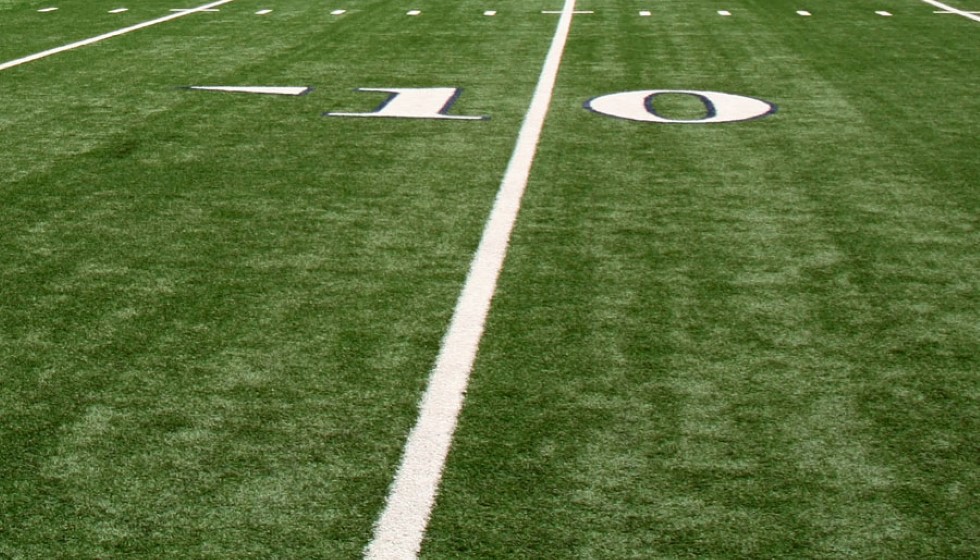
NFL Uniform Deal: The Transition from Reebok to Nike and Beyond
In the world of professional football, few elements matter as much to its commercial and cultural identity as the uniforms worn by its athletes. As the NFL approaches the end of its uniform deal with Nike, scheduled to conclude in 2027, the league finds itself at a crossroads. Having partnered with Nike since 2012, the NFL is now in the midst of an "open and active" bidding process to determine its future apparel partner. This decision is more than just a business transaction; it’s one that will impact the sport's culture and fan engagement for years to come.
The transition to Nike as the NFL's official uniform supplier over a decade ago was a major shift in the league's strategy. Previously, teams managed their own apparel agreements, striking deals with a host of brands including Adidas, Logo, Puma, Reebok, and Starter. This decentralized approach was transformed with Nike’s arrival, consolidating the uniform design and manufacturing under one global brand. Nike took the reins from Reebok, who had been the supplier, marking a new era in NFL merchandising and branding.
Over the last 11 years, Nike has integrated innovative design elements and listened to player feedback, leading to significant advancements in NFL uniforms. One key aspect of Nike’s contract is the allowance for up to three distinct helmet styles, adding versatility and increased safety considerations to the sport's rigorous demands. Their influence is seen not only on the field but across retail and merchandising lines, where NFL-branded products now reach a wider audience than ever before.
Yet, as with many things in sports, change is inevitable. Several teams, including the Denver Broncos and Houston Texans, have recently undergone significant uniform redesigns, pointing to a trend of modernization and adaptation to current styles. Such redesigns highlight the importance for the NFL’s next apparel partner to stay ahead of fashion and technology trends while maintaining the league's storied traditions.
The NFL's apparel deals are pivotal not just for their financial implications but also for what they represent in terms of branding strategy. These contracts support the league’s broader commercial goals by enhancing merchandise sales, marketing potential, and global presence. As fans purchase the same gear as their favorite players, these uniforms become symbols of loyalty and identity, linking supporters to their teams in a tangible way.
As the bidding process unfolds, the stakes are high. The decision on who will manufacture and design NFL uniforms post-2027 will reverberate across business strategy and fan culture. A new partner might introduce different design philosophies, engage diverse fan demographics, and potentially reshape how NFL gear is perceived internationally.
The forthcoming contract will also be a barometer for industry standards, influencing team identity as well as broadcasting and sponsorship deals. Whoever steps in as the new apparel giant will not only carry on an American sports tradition but will also become a significant player in the global sportswear market.
The competitive bidding process offers an opportunity for potential suitors to demonstrate innovation, quality, and a forward-thinking vision to align with the NFL’s values and growth plans. As the NFL assesses these potential partnerships, ensuring the choice aligns with both player performance needs and fan expectations will be paramount.
As this important chapter begins to unfold, stakeholders across the league and its many fans watch with anticipation. The outcome will not only define the on-field look for one of the most popular sports leagues in the world but will also shape the business landscape of sports apparel for the foreseeable future.